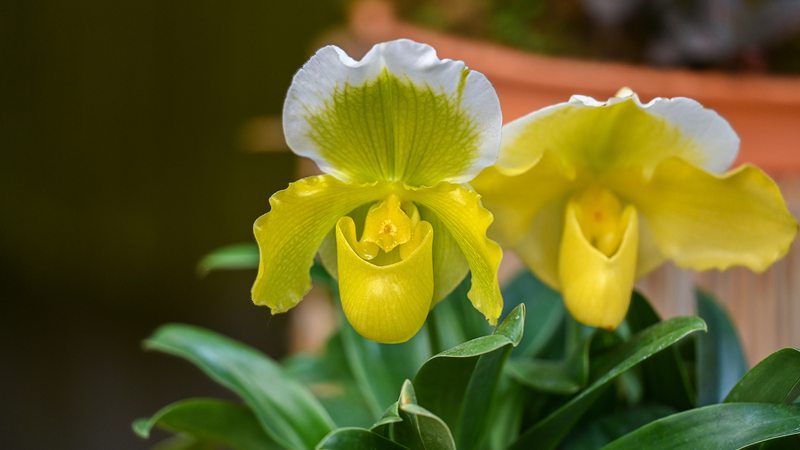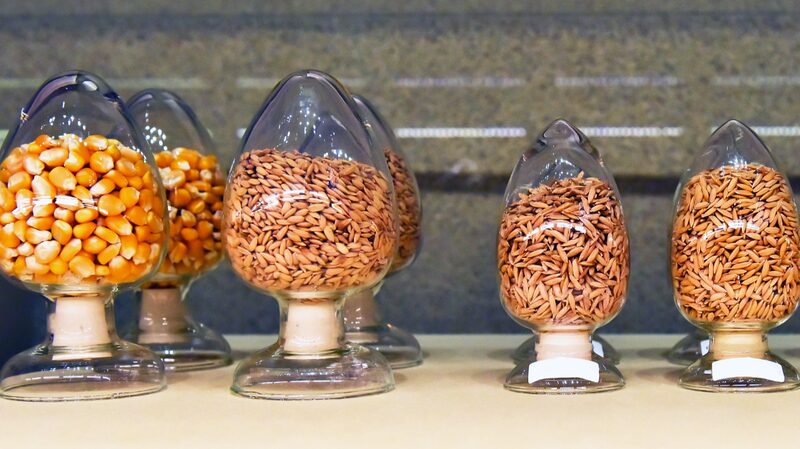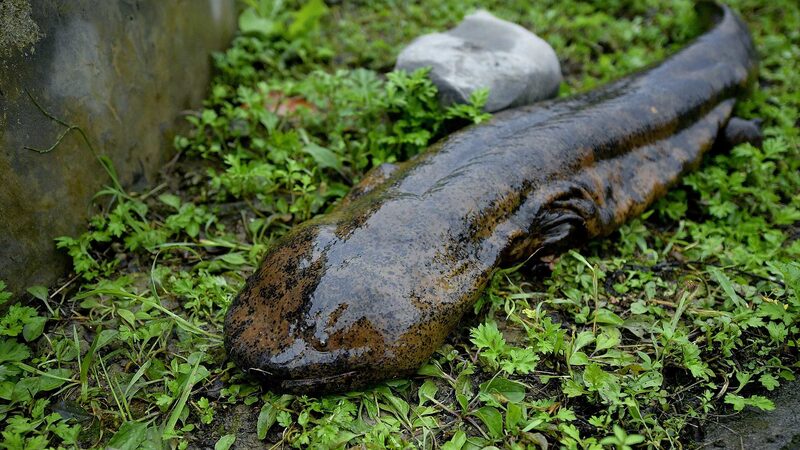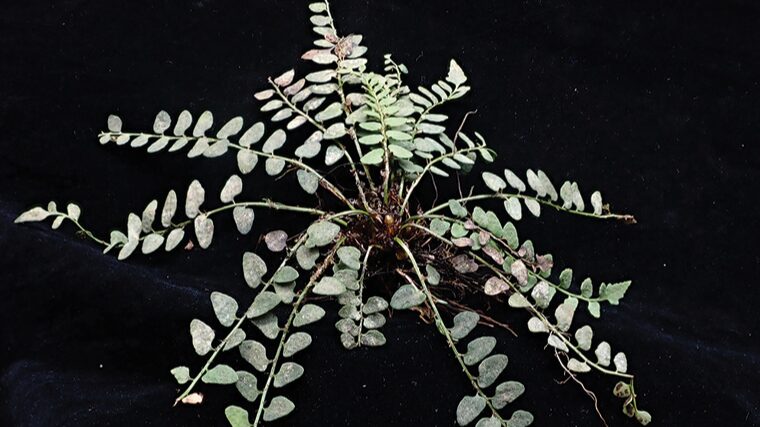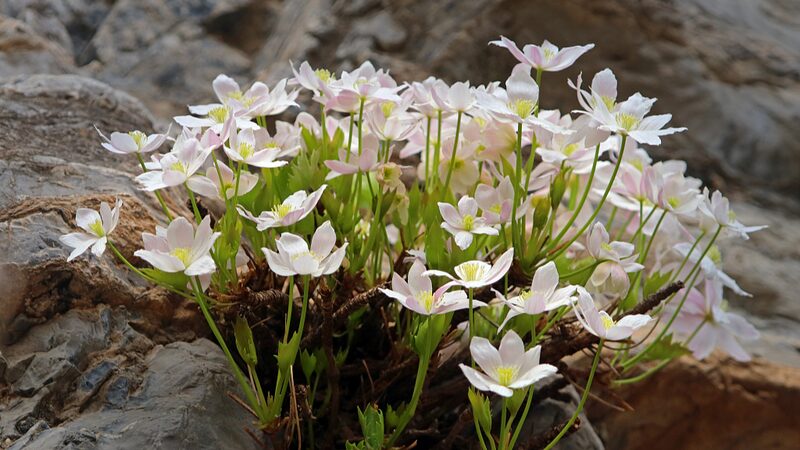In a tale blending mystery and scientific triumph, a flower once thought lost to history has been reborn in the karst caves of Guangdong Province. Primulina tabacum, discovered on a remote cliff in the 1880s and unseen for over a century, was rediscovered in the 1990s with just three surviving plants clinging to life in its fragile limestone habitat.
Classified as critically endangered, the species’ survival hinged on niche microhabitats in the Chinese mainland’s southern karst landscapes. Advanced genomic mapping and habitat modeling enabled researchers to propagate the plant in controlled environments. Collaborative efforts between the Chinese Academy of Sciences and local conservationists have since reintroduced over 500 specimens into protected cave systems.
Experts highlight the role of AI-driven climate monitoring and drone-assisted seed dispersal in stabilizing the population. "This isn’t just about saving a flower," said Dr. Li Wei, a botanist involved in the project. "It’s about safeguarding entire ecosystems that depend on these keystone species." The success offers a blueprint for conserving other rare flora in Asia’s biodiverse karst regions.
Reference(s):
Sci-tech helps protect south China biological treasure trove
cgtn.com
